Ever since Xiaomi’s inception, the company has been rolling out quality devices one after the other. Although getting hold of a Xiaomi phone isn’t as easy as say, getting a Samsung, but in my opinion, the trouble it takes is well worth it. Xiaomi first redefined the term ‘affordable smartphone’ with the Xiaomi Phone aka the Mi One in 2011, and since then have only building on the platform they themselves built. Quickly realizing the huge potential, Xiaomi weren’t shy of embracing the often looked down upon MediaTek chipset for the Hongmi, which later came to be known as Redmi for international markets.
The Hongmi, again, was nothing short of a phenomenon in the Chinese market, something which didn’t take time to spread all over the world. A $130 quad-core phone was unheard of, and with the build quality Xiaomi promised, the phone was destined to sell faster than hot cakes. Unveiled in 2013, the Redmi sold in the huge numbers with buyers outside of China happily paying as much as double the amount for the phone.
Come 2014, and Xiaomi decided to give the Redmi a bump. Uninspiringly dubbed ‘Redmi 1S’, the device was released in the first quarter of the year, and ditched the inexpensive MediaTek MT6589T for the Qualcomm Snapdragon 400.
That was for a bit of history about the device. I used the Redmi 1S as my primary phone (trust me, it is tough shifting to another phone!) for about 15 days, and here’s what I think.
Xiaomi Redmi 1S Specifications
- 4.7-inch 1280 x 720p display
- 1.6GHz quad-core Snapdragon 400 SoC
- 1GB RAM
- 8GB ROM + microSD expansion
- 8 mega-pixel f/2.2 BSI enabled main camera
- 1.6 mega-pixel front camera
- 2000mAh battery
- Android 4.3 overlaid with MIUI V5
- Dimensions: 137 x 69 x 9.9 mm
In the box
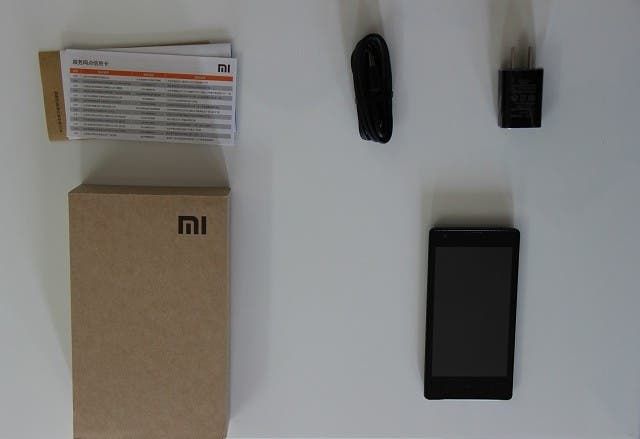
The Xiaomi Redmi 1S package comes with the typical set -- the phone itself, some paperwork the non-Chinese can’t read, a 5V charger and a USB cable.
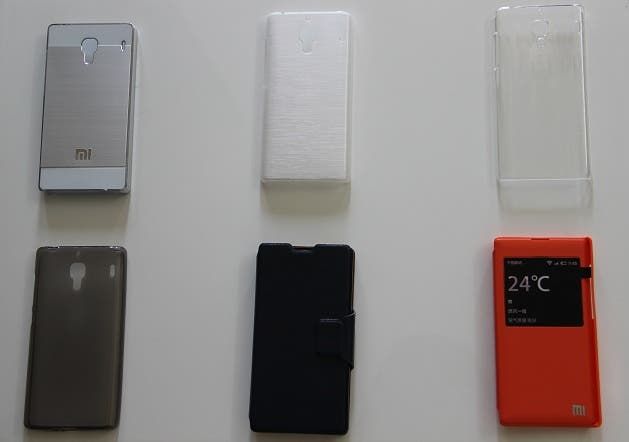
TradingShenzhen sent us a host of accessories for the Redmi 1S including some rear covers, flip covers and screen protectors, all of which fit the phone well. Although, I'm one among those who like to use their phone without any cover around, the flip cover (navy blue) gave a nice snug feeling which made the phone secure as well.
Design and Build
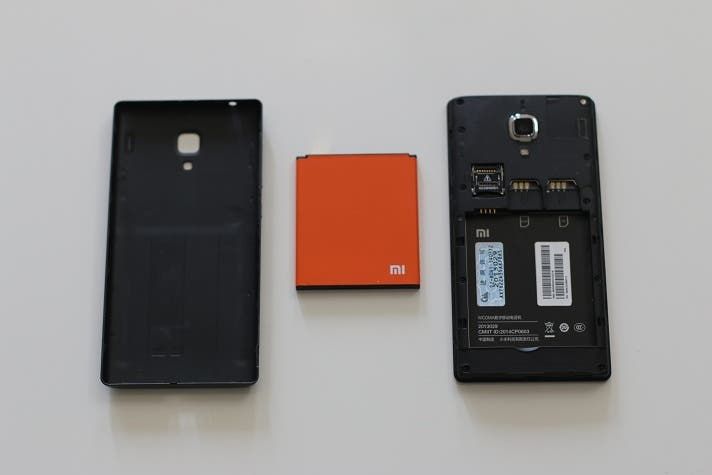
If you’ve ever used a Xiaomi phone previously (especially the Redmi), you’ll know exactly how the Redmi 1S feels. The phone comes with the typical Xiaomi build, which isn’t bad at all and in fact, quite sturdy. It is heartening to know that Xiaomi haven’t attempted to cut corners in a device this inexpensive (and Snapdragon powered, I should add).
That being said, it should also be noted that the design isn’t cutting edge, really. In fact, the Redmi 1S and the initial Redmi are completely identical, from design to dimensions. This means that the bezels are far from slim, and the capacitive buttons on the ‘chin’ do not light up.
Also, the capacitive buttons on this one are red in colour and might not be to everyone’s taste (including me). The phone is clearly designed to do stuff, and that’s it.
As usual, taking the rear cover off the phone is quite difficult at first, and it is something I like. After all, you don’t keep changing the SIM and microSD every day.
The phone actually fell off my hands once, and the rear panel did not come off and therefore, the battery stayed in its place. This is why I think that hard-to-remove back covers aren’t all that a bad idea.
In a nutshell, the phone feels quite good, and like most devices coming from China, doesn’t feel like a sub-$200 phone. Plastic is good quality, and there’s also a nice metal lip around the screen to bear the brunt of the falls and drops.
Display
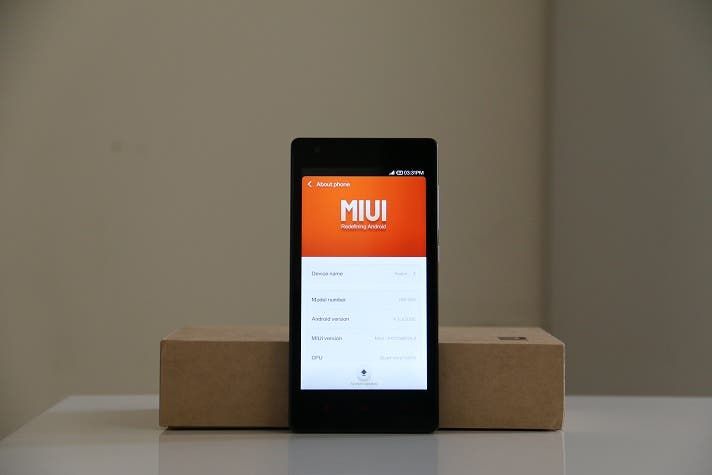
In this age of OGS/IPS/whatnot displays, the Redmi 1S lacks some sheen. There is a clear gap between the digitizer and the actual display panel, which doesn’t always leave you with the best viewing experience especially if you’re coming from a higher-end device (to perhaps use the Redmi 1S as your secondary phone). However, if you aren’t looking at the screen from an angle you will hardly notice the gap. Also, the 720p HD resolution on the 4.7-inch panel is adequate and makes for very readable text which is easy on the eyes, without any sort of pixelation. 720p HD hits the sweet spot on a tight budget phone like the Redmi 1S, if you ask me. Anything less and it would’ve seemed underpowered, and anything more would have rocketed the price, defeating the purpose thereby.
Colour reproduction wise, the display is very natural and very very accurate. Comparing it to the more expensive Xiaomi Mi2S, I found that the colours looked more realistic and close to the real thing. This could also be a result of the lesser tightly packed pixels on the Redmi 1S; regardless, it looked good.
There’s no backlight bleeding on the display unlike other similarly priced Chinese phones, which is a sign of good quality control from the makers.
Storage, RAM
The Redmi 1S comes with double of what the initial Redmi came with in terms of storage -- 8GB. RAM, however, stays at 1GB, which is the bare minimum for today even for entry-level phones. The Redmi 1S on the other hand is an interesting combination of an entry-level phone and a mid-range device, thanks to the combination of superior surrounding hardware (camera, SoC) and software (MIUI).
Out of the total of 8GB, you have a bit over 6GB with the MIUI ROM taking up the rest. This certainly isn’t going to be enough for most, but thankfully there is a microSD card that takes up to 32GB microSDs to further expand storage.
Depending on what type of a user you are, RAM on the Redmi 1S will make or break the deal. If you plan to use the Redmi 1S as your primary device for the next year or so, you’d be better off looking at other 2GB RAM phones. On the other hand, if you either: (i) plan to use the Redmi 1S as a secondary phone or (ii) don’t use your smartphone for anything more than a few texts, some pictures and the odd email, go ahead.
Coming from the 2GB RAM Mi2S to this was difficult, since apps kept getting FC’d, Chrome windows always got cached and needed to be re-loaded and when I went back to the app.
On a fresh boot, the Redmi 1S has around 340MB of free RAM which should give you an idea of how much you can expect from the device on the multitasking aspect.
Again, this doesn’t necessarily mean it is something bad. In fact, for what it goes for in China, the Redmi 1S is a steal. The device rivals, and betters the Samsung Galaxy S3, which is a much more expensive device in most markets, in more departments than one.
MIUI ROM, Performance
Xiaomi’s USP besides the low cost has usually been the MIUI ROM, which is Xiaomi’s own take on the Android OS. During a time when most OEMs were shipping phones with basic cosmetic changes, Xiaomi’s MIUI came with a complete overhaul from vanilla Android, and offered many additional features and functionalities. Although MIUI is still very much China-centric, there’s a lot the average Joe can still get out of it.
The ROM clearly is iOS inspired, and doesn’t do much to hide the inspiration. That being said, it should also be noted that the levels of customization on MIUI are far, far greater.
Generally speaking, MIUI is extremely smooth and gives you a sense of deep optimization of software with the underlying hardware. This holds true for the Redmi 1S as well; however, the experience here is hampered a little due to the lack of enough RAM at times.
Other than that, the ROM itself is extremely snappy. As usual, you can change the homescreen background, lockscreen style, etc.all without requiring additional software. There are a lot of themes that you can try, many of which are free of cost.
One thing very cool about MIUI is that it allows you to turn on the phone with an alarm, i.e., the phone turns on when a pre-set alarm goes off. This way, you can turn off the phone during the night and set an alarm for the morning, which will serve a dual purpose.
Benchmarks
Never believed in benchmarks much, but here’s what the Redmi 1S managed on some popular benchmarking tools:
- Vellamo Metal: 316
- Vellamo HTML5: 1467
- AnTuTu: 19419
- AnTuTu X: 17551 (Xiaomi, what have you been up to, eh?)
- Quadrant standard: 8318
Camera
The Redmi 1S camera is a treat. It focuses fast, hardly has any shutter lag, and offers a surprisingly good dynamic range. Not only that, BSI (back-illuminated sensor) actually works. It might sound like I’m a Xiaomi fanboy, but that’s how impressed I am with the camera. Take a look at how it fares against the 13 mega-pixel Xiaomi Mi2S in really dark conditions:
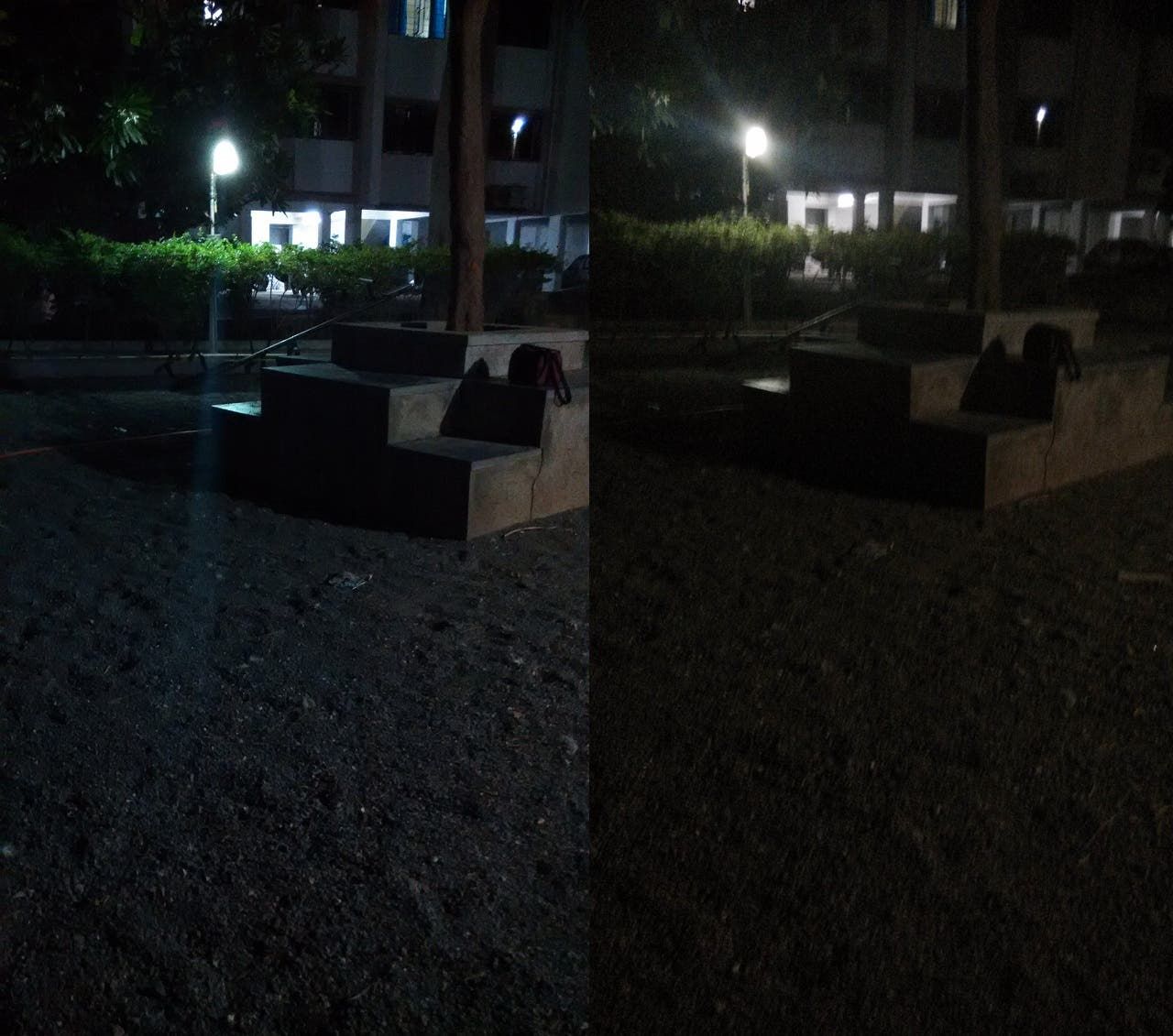
Shots in the dark are easily much better than the Xiaomi Mi2S’s 13 mega-pixel shooter, and personally I’d prefer the Redmi 1S even in daylight. Of course there aren’t a lot of pixels, but then if you aren’t into cropping pictures to the max for the slightest bit of detail, the Redmi 1S is for you.
As you’d know, it is generally not very easy to convince iPhone users that they don’t really have the best cameras, iPhones. However, with the sub-$200 (internationally shipped) Redmi 1S, it came easy. During a recent family outing, the Redmi 1S left my folks wanting; everyone wanted their pictures taken on my phone!
All in all, the camera is a really good performer, not only for what the phone costs, but even otherwise. Videos shot in relatively dark conditions have relatively good frame rates, something which I haven’t seen on many phones including the good old OPPO Find 5. The camera easily blows away the competition, particularly the Moto G. It is heartening to see manufacturers giving the imaging segment due consideration for a budget phone like the Redmi 1S, since it’s only the processor that generally finds place in the marketing banners.
Battery
Battery life, for a person like me, is at least as important as the processor or any other major feature of the phone. After using the Redmi 1S for a fortnight, I would like to say that I’m impressed with the battery life. Considering the 2000mAh battery that the phone comes with, the MIUI system handles power management pretty well.
The first few charging cycles returned about 3-3.5 hours of screen time, but consequent cycles returned almost 5 hours of screen on which in quite respectable for a 4.7-inch phone with only a 2000mAh battery.
Here I’d like to mention what my average smartphone day consists of - feedly (~1hr), WhatsApp (~2hrs), Chrome (1-2hrs), Gmail, 15-20 camera shots on an average, and a bit of music, etc. With that, the phone returned 24 hours of usage constantly. You can use this as basis to estimate how much you would get out of the device.
Connectivity
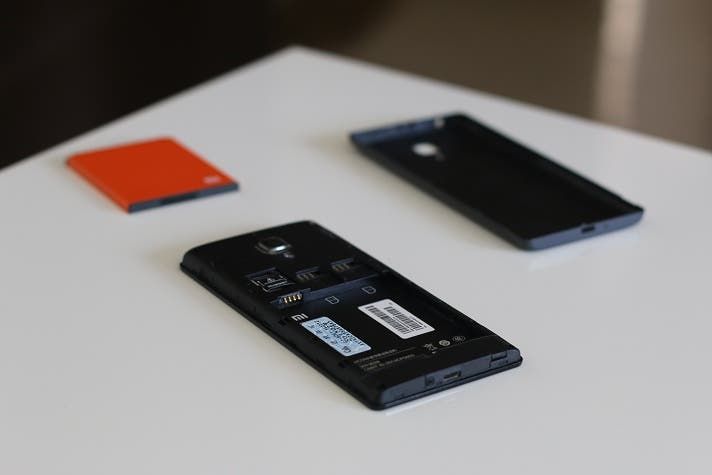
The Redmi 1S has a standard connectivity set in WiFi, Bluetooth and GPS besides cellular radio (GSM: 850/900/1800/1900MHz, WCDMA: 900/2100MHz). GPS on the phone is quite strong, and a lock doesn’t take more than 20-30 seconds, and this is indoors. Outdoors, it took under 10 seconds to lock which is very acceptable.
Like many other Chinese phones, the Redmi 1S too accepts dual SIM cards. I tested WiFi direct as well, using my favourite SuperBeam app and it worked flawlessly.
However, I found the Redmi 1S’s WiFi to be a little sporadic when using it with my home network. In places where the Mi2S has about 40-50% signal strength, the Redmi 1S had far lesser (20-30%). Perhaps a channel issue, I might try and change it to channel 1-6 later (currently using channel 13).
Conclusion
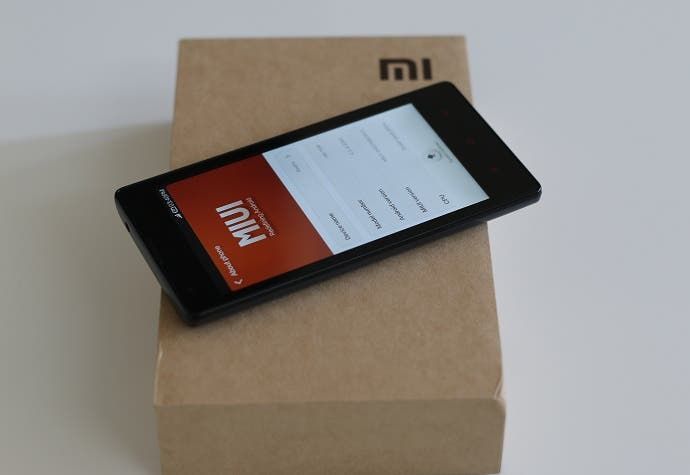
The Good
- Camera
- Processor
- Price
Satisfactory
- Battery life
- Build quality
- Display
The Bad
- Thick bezels
- Non-backlit capacitive buttons
The above list pretty much sums it up. The Xiaomi Redmi 1S offers a really good value for money, something which is enhanced by factors like the camera, the MIUI ROM, etc. It is but natural that the company doesn’t invest much in design for a phone like this, so it is perhaps OK for Xiaomi to recycle an existing design.
We would like to thank TradingShenzhen for supplying us with the Redmi 1S for review. You can head over to their store and get the Redmi 1S for €165 with DHL shipping included.
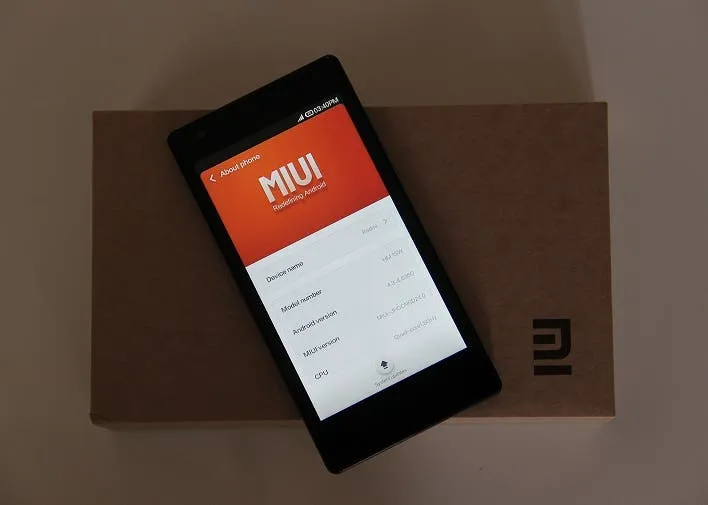

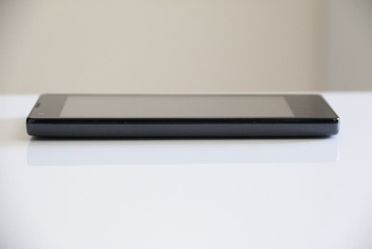
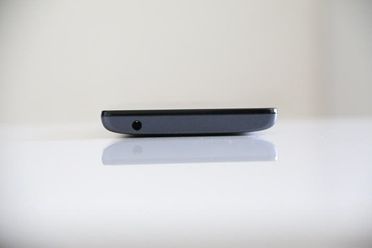
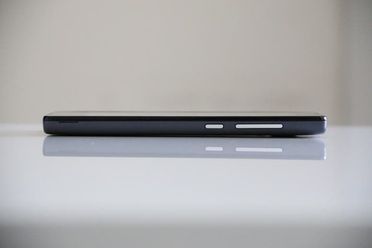
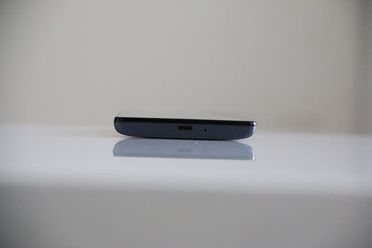
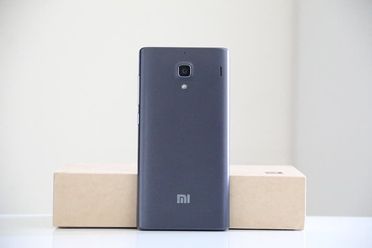
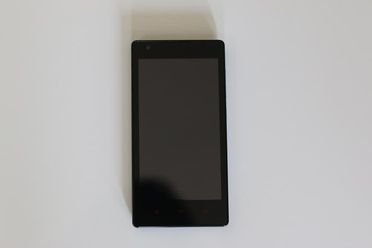
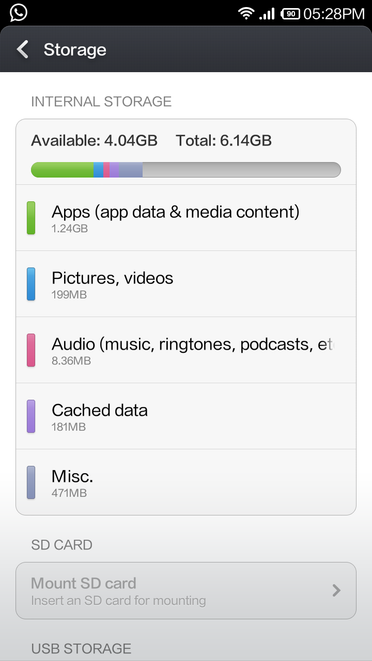
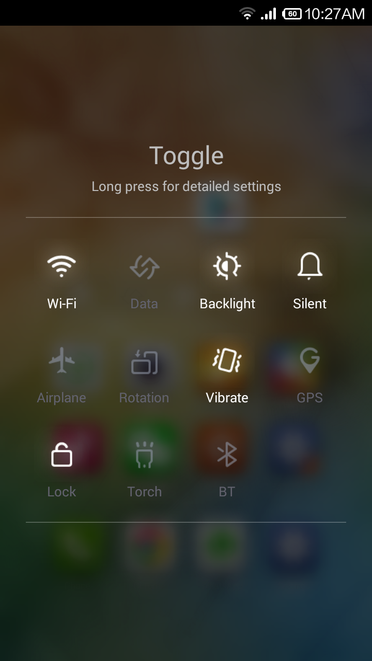
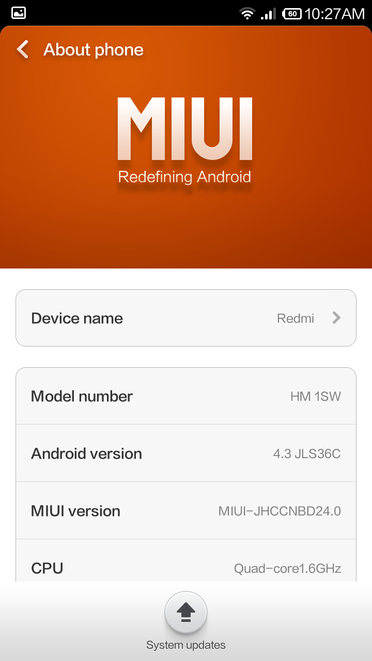
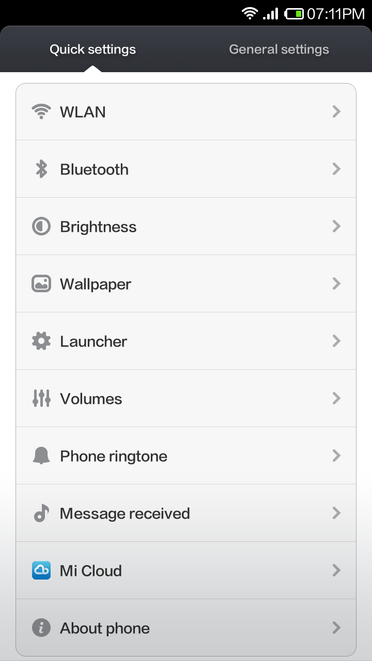
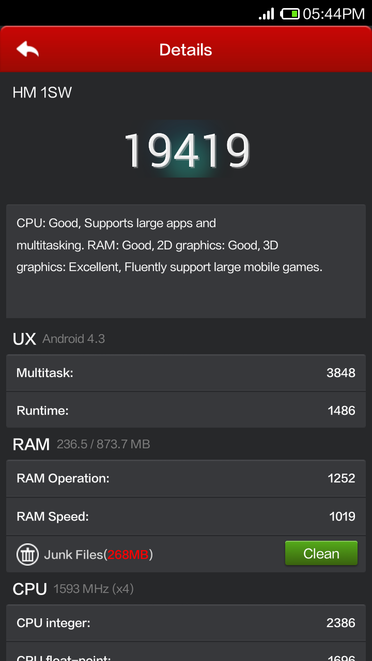
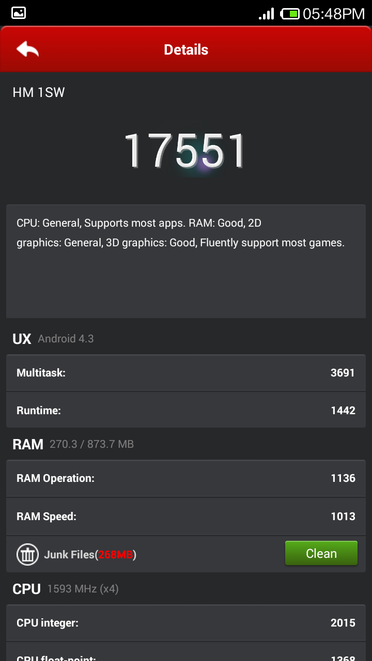
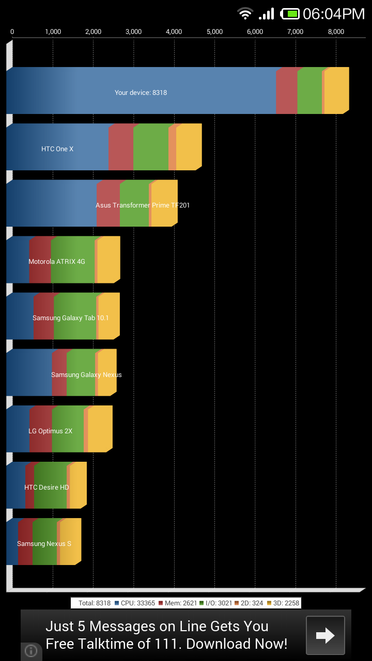
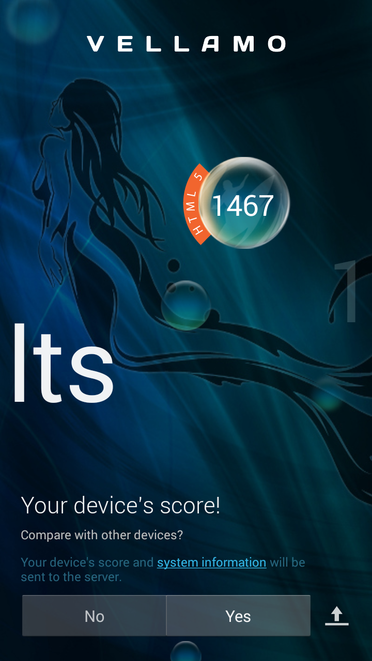
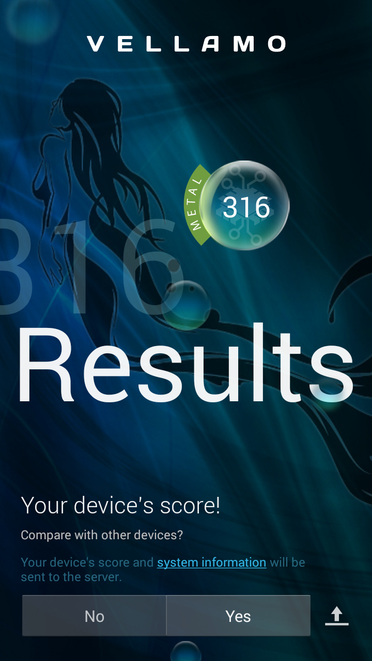
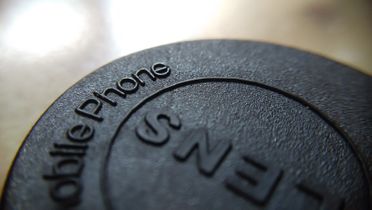
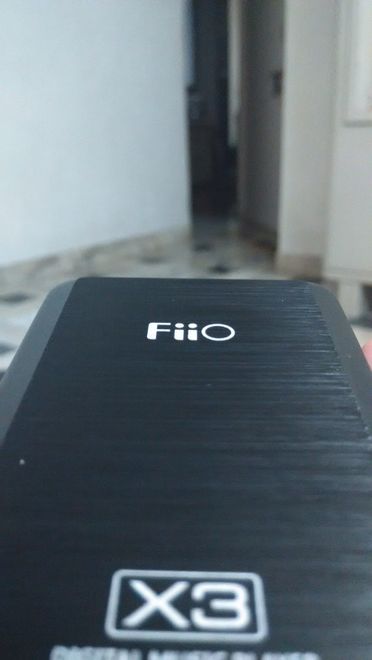





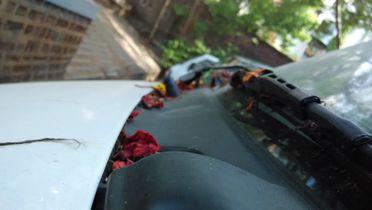
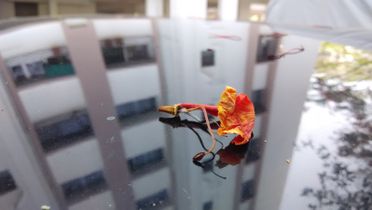
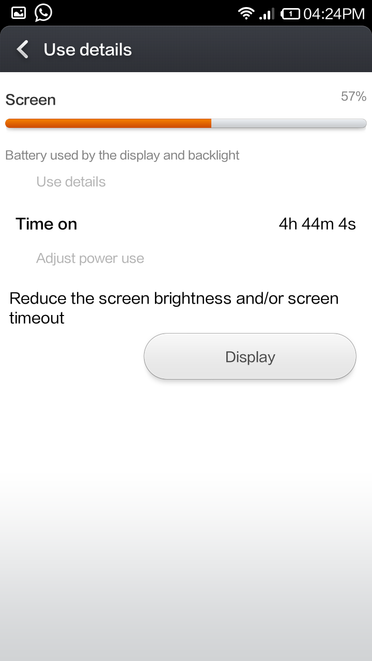
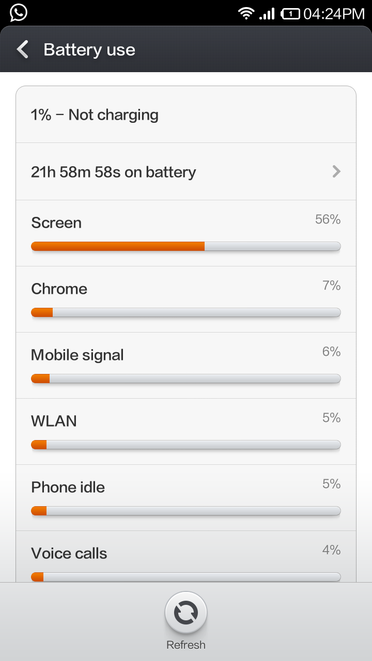
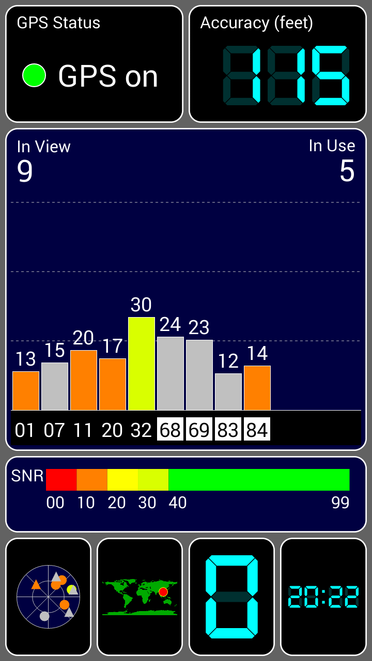




Place comments
0 Comments
You are currently seeing only the comments you are notified about, if you want to see all comments from this post, click the button below.
Show all comments